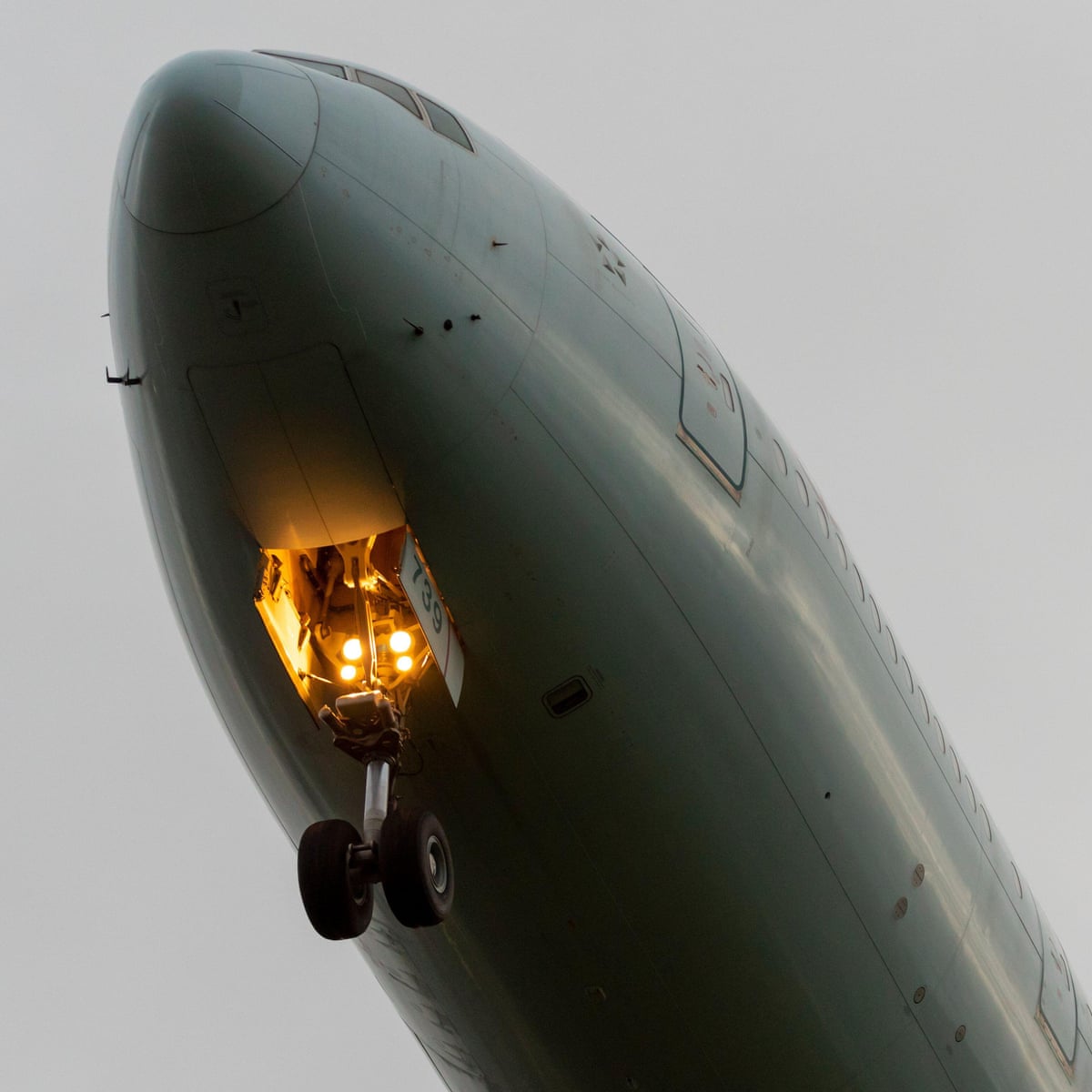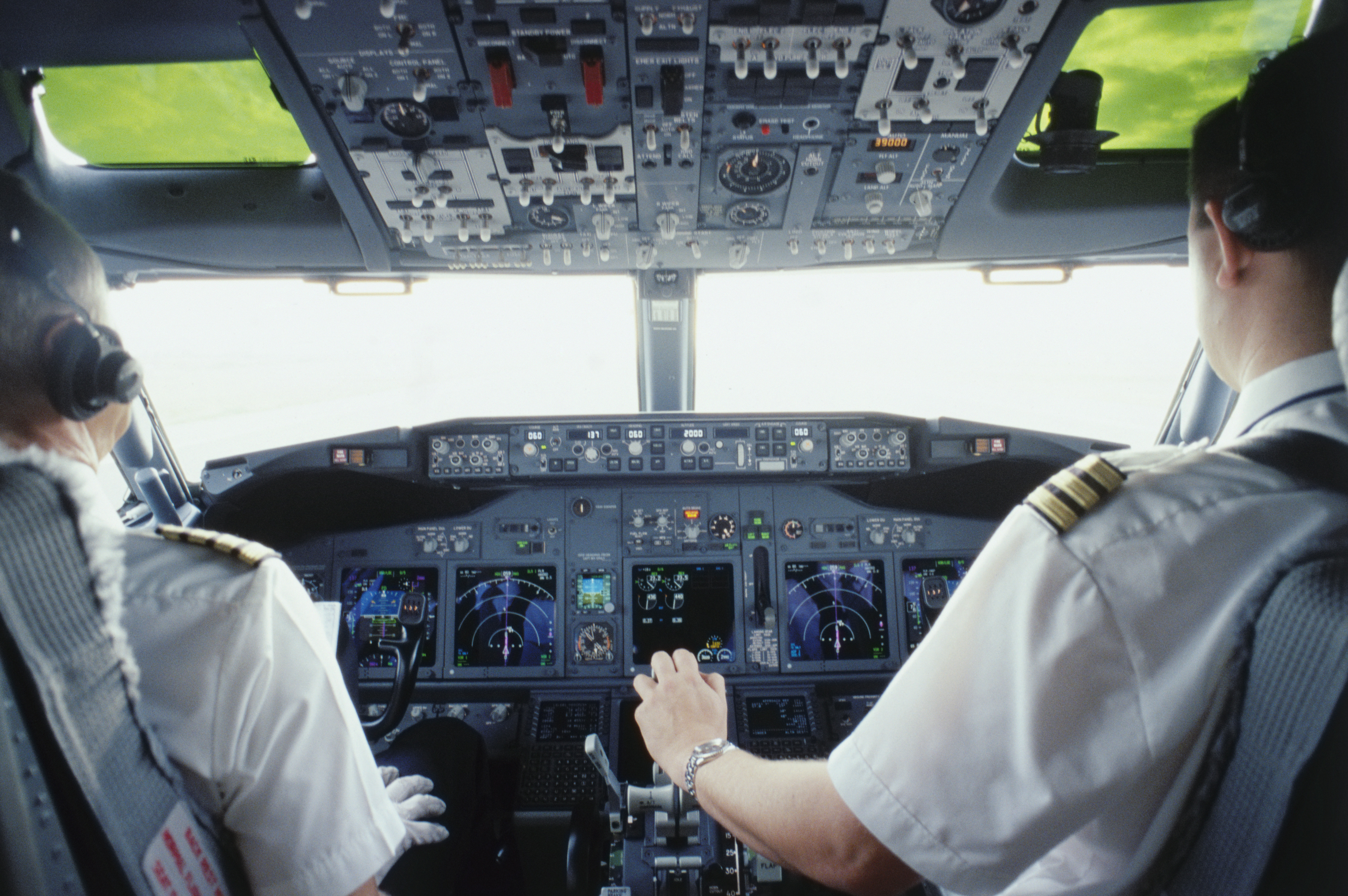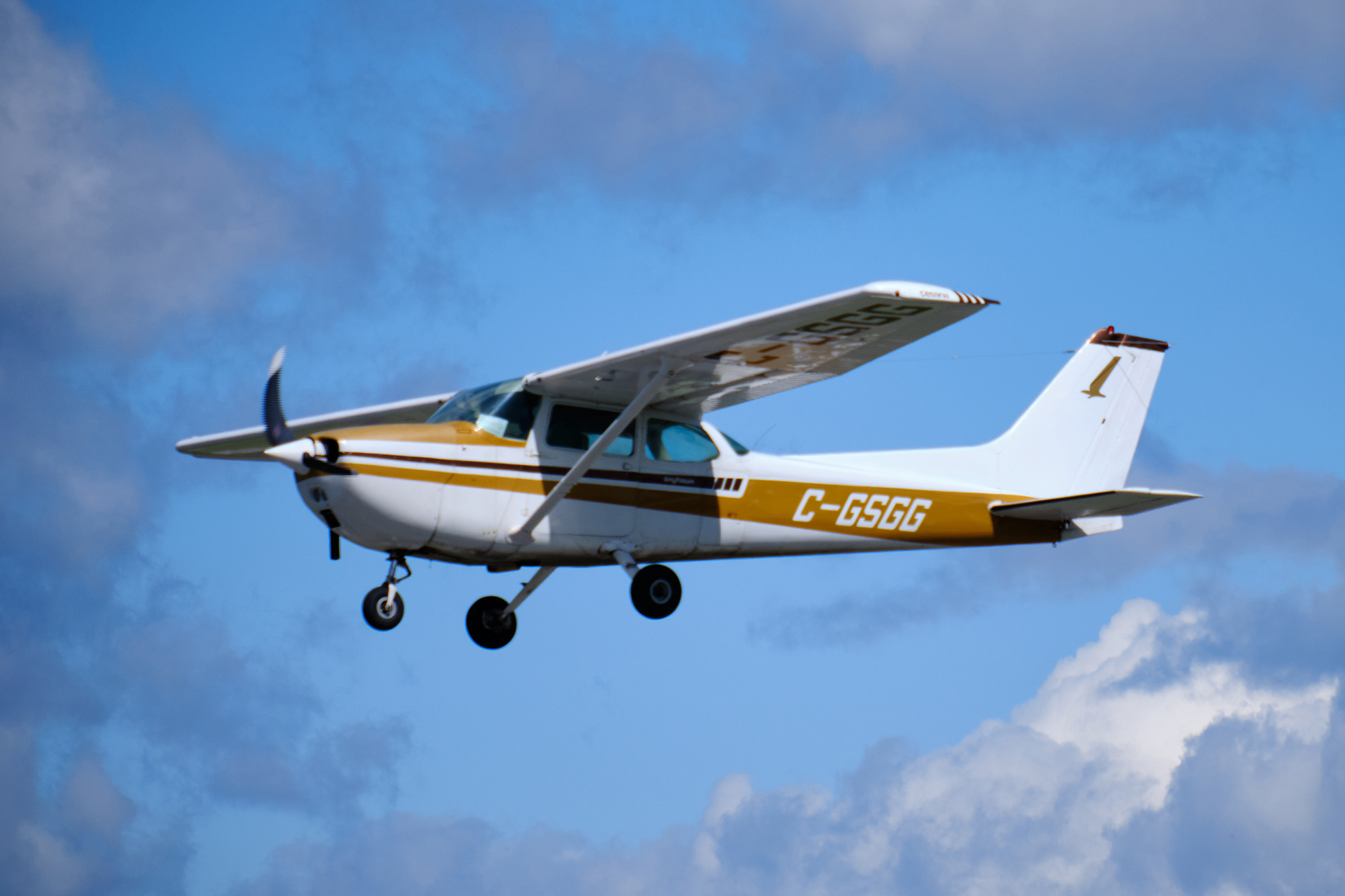Another Word For Aircraft - Have you ever wondered how many Airbus components are in an airplane? Don't worry, there are plenty of aircraft parts. In fact, today's commercial aircraft are made of millions of parts. To get a basic understanding of the design of the aircraft, let's go over the main parts of the Cessna Skyhawk. Whether you're flying a twin-turbo or a single-engine jet, you'll see commonalities between the various aircraft components.
Epic-trained pilots and mechanics learn the meaning of aircraft component definitions through hands-on training. Proper aircraft maintenance is very important, and learning how to fly or maintain an aircraft starts with knowing the parts. The diagrams below serve as an introduction to the components of the aircraft and allow you to see the basic structure and design. Aircraft components are basic knowledge for every pilot. Whether they are flying a Cessna 172 Skyhawk or a Boeing 747, pilots need to know the main parts and components of the aircraft.
Another Word For Aircraft

Not all airplanes are the same, but they are made up of basic components. The main parts of an aircraft include the fuselage, wings, fuselage, engine, propeller, tail assembly and landing gear. The first step to understanding the principles of aerodynamics is the basic functions of how these components interact.
Mooney Mark 22 Aircraft Report 8/20/2022l
Fuselage Main section or body of an aircraft. .
.) Here you will find passengers, cargo and crew. The fuselage is the basic structure of the aircraft. The tail number that identifies each aircraft is usually located on the tail section of the fuselage.
Airplane wings serve the same purpose as bird wings, hence their name. The aircraft is considered a fixed wing aircraft. (Helicopters are considered to have rotary wings.) Airplanes can fly because their wings lift. Lift is created by the shape of the wing and the forward motion of the aircraft. Wings include irons and flaps. "Aileron" is another French word. It means "small wing" or "fin". In pairs they control the roll or bank of the aircraft.
A flap reduces the stall speed of a wing of a given weight. The leading edge of the wing faces the front of the aircraft. Similarly, the trailing edge of a wing can be defined as the trailing edge that includes the ailerons and trim tabs. Some of the planes have higher wings above the plane and are called high-wing planes. Low-wing aircraft are aircraft with wings less than half the length of the aircraft.
A Glossary Of Flight Terms
An aircraft compartment is also known as a flight compartment. Place to control the pilot. The cockpit includes the crew seating area, flight instruments, avionics, audio/radio communications and flight controls. Electronic flight instruments include a multi-function display (MFD). This is used for heading, speed, height, altitude, etc. A primary flight display (PFD) includes attitude, airspeed, heading, and vertical airspeed indicators. The Navigation Display (ND) provides navigational information such as traffic information, wind speed and wind direction.
Details of the flight plan are contained in the Flight Management System (FMS). A transformer indicating the position of the aircraft in relation to Air Traffic Control (ATC) is also located in the cockpit. Electronic flight devices are displayed at a glass cockpit. These are usually large LCD screens instead of analog dials and gauges. Epic has glass cockpits throughout its fleet because airlines require pilots to experience glass cockpits. You will find dual controls in Epic Fleet. These are used by instructors and student pilots.
An aircraft engine or aircraft engine is the power source of an aircraft. Most are piston engines or gas turbines. Some drones or unmanned aerial vehicles (UAVs) use electric motors. There are many engine manufacturers and models. Each is designed for a specific aircraft, large or small. Manufacturers recommend that the engine be overhauled at a specified time after a number of flight hours.

A propeller is an aerodynamic device that converts rotational energy into power. This force propels the plane. This creates thrust perpendicular to its plane of rotation. A propeller has two or more blades. The propeller blades are arranged horizontally around the hub. They are available in fixed pitch or variable pitch configurations.
Why Is \
Also known as the tail or tail assembly, it is located at the rear of the aircraft. The tail provides stability during flight. This is very similar to how springs in a bow provide stability. Indeed, if "Empire" sounds French, it is. The term comes from the French word
, which means "to shoot". The tail structure consists of vertical stabilizers, rudders, elevators, horizontal stabilizers, and stabilizers.
Landing gear is the undercarriage of the aircraft. It is used for take-off and landing. Landing gear supports the aircraft as it lands on the ground. Landing gear allows the aircraft to take off, land and taxi from damage. Most landing gear have wheels. However, some aircraft use skis or floats to operate in snow, ice or water. Many twin-engine or fast aircraft such as jets have retractable landing gear. After takeoff, the landing gear is folded down to reduce drag during flight.
It is important for pilots and aircraft mechanics to learn about the components and their functions. We also recommend that you study aviation terminology. This basic knowledge provides the basis for becoming an aircraft pilot or mechanic. Want to learn more about aircraft components? Take a virtual tour of the Epic Hangar with Captain Judy Rice and see all the components of the aircraft. It looks like a spaceship, runs on what experts would have called "crazy" fuel a few years ago, and is barely off the drawing board, but the future is certainly in the eyes of one of the world's largest aircraft manufacturers. world.
Inside The Airline Industry's Meltdown
Not even the distant future. Airbus hopes to take to the skies in one of its radical new designs within 15 years, leaving behind the polluting days of jet engines and the embarrassment of flying.
The hybrid winged aircraft is one of three eco-hydrogen fueled models recently announced by Airbus as part of its ambition to lead the decarbonisation of the aviation industry.
It's a shrewd plan that, a few months ago, would have seemed surprising given the ever-increasing demand for fossil fuel-powered air travel.

But the arrival of Covid-19 and its impact on aviation could accidentally clear runways and force the world to rethink the technology it uses to take to the air.
Why Airlines Sometimes Use Another Airline's Plane
Airbus has christened its new ZEROe program. The designs revealed are not prototypes, but a starting point for exploring the technology needed to build the first non-air-conditioned commercial aircraft.
How can climate neutrality emerge from the pandemic as a key long-term competitive factor? asked Grazia Vitadini, Airbus's chief technology officer, during a briefing about the new plans.
"It's impossible not to," he said. Even before the crisis, it was recognized and shared that protecting the climate and protecting our environment is an integral part of how we build the future of flight."
Airbus plans to launch a zero-emissions passenger plane by 2035, which means it will have to start planning its technology course in 2025. Indeed, it should plan some lessons.
These Frankenplanes Are Built From Parts Of Other Planes
Because no single technology can meet the energy demands of fueling all types of aircraft, from flying taxis to short, medium and long range aircraft.
Despite the recent focus on electric aviation for small planes, Airbus is now moving towards hydrogen as a candidate to solve aviation's CO2 problem.
"Our experience with batteries shows us that battery technology is not advancing as fast as we think," said Glenn Llewellyn, vice president of zero emission aircraft at Airbus. "That's where hydrogen comes in. It has thousands of times more energy per kilogram than batteries."

Llewellyn said Airbus has already started talking about hydrogen with airlines, energy companies and airports because "this kind of change requires a lot of industry and integration within the aviation industry to make it happen."
Zeroe: Will Airbus's Zero Carbon Airplane Take Off?
Hydrogen has long been considered a viable fuel by academics, but until now it lacked practical support.
"18 months ago, when people were talking about hydrogen in the aerospace industry, people thought you were a bit crazy," Iain Gray, director of aerospace at Cranfield University, told Travel.
"But now hydrogen is seen by everyone as a very important solution to the zero-carbon problem," said Gray. Cranfield has backed ZeroAvia - a start-up which received a £2.7m ($3.3m) grant from the UK government to develop zero aviation.
Another word for appetizers, another word for award, another word for book, another word for wise, another word for stroke, another word for analyze, another word for completed, another word for support, another word for, another word for anxiety, another word for disability, another word for pain